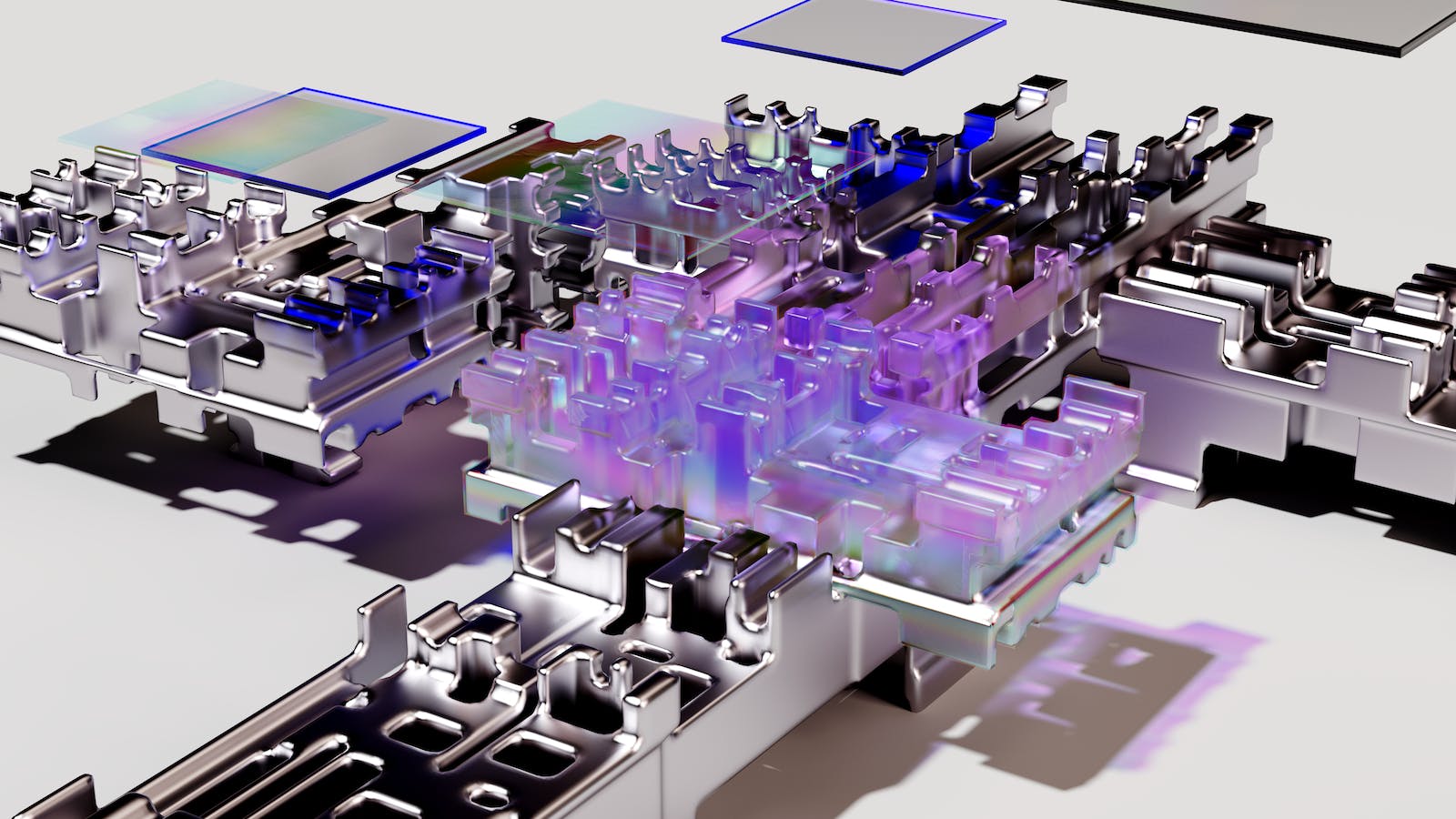Estimated reading time: 4 minutes
In recent years, the field of artificial intelligence (AI) has witnessed remarkable advancements, leading to the emergence of powerful applications that go beyond traditional problem-solving. One such breakthrough is generative AI, a subset of AI that focuses on creating new and original content, ranging from images and music to text and even human-like conversations. Generative AI leverages deep learning techniques and neural networks to simulate creativity, enabling machines to generate novel and often astonishing outputs. In this article, we will delve into the fascinating world of generative AI, exploring its workings, applications, and implications.
Understanding Generative AI:
Generative AI, also known as creative AI or creative adversarial networks, revolves around the concept of training machines to learn patterns from existing data and generate new content based on that acquired knowledge. Unlike traditional AI approaches that rely on rule-based systems or statistical analysis, generative AI aims to mimic the human capacity for creativity and imagination. It involves training a generative model, typically a deep neural network, to understand and replicate the underlying structure and aesthetics of the input data.
Key Techniques and Models:
Several techniques and models have emerged within the field of generative AI, each contributing to the creation of diverse content types. Some notable examples include:
1. Variational Autoencoders (VAEs): VAEs are a class of generative models that learn the latent representations of input data by mapping it to a lower-dimensional space. They can then generate new samples by sampling points from this learned latent space and mapping them back to the original data distribution.
2. Generative Adversarial Networks (GANs): GANs consist of two neural networks: a generator and a discriminator. The generator generates samples from random noise, aiming to deceive the discriminator into classifying the generated samples as real. Through an adversarial training process, GANs progressively improve the quality of generated samples, often producing highly realistic images, videos, and even text.
3. Transformer Models: Transformer models, such as OpenAI’s GPT (Generative Pre-trained Transformer) series, have revolutionized natural language generation. These models use attention mechanisms to capture contextual dependencies and generate coherent and contextually relevant text. They have been applied in various tasks, including text completion, story generation, and even chatbot systems.
Applications of Generative AI:
Generative AI has found diverse applications across various industries, transforming the way we create, design, and interact with digital content. Here are a few examples:
1. Content Generation: Generative AI has been employed to create original artwork, music, and literature. Artists and musicians have used generative models as creative tools to explore new possibilities and expand their artistic horizons.
2. Data Augmentation: Generative models can generate synthetic data that closely resembles real data, aiding in data augmentation for training other machine learning models. This helps overcome challenges posed by limited or biased datasets, enhancing the performance and generalization capabilities of AI systems.
3. Virtual Worlds and Gaming: Generative AI plays a crucial role in generating virtual environments, characters, and narratives in video games and virtual reality applications. It enables dynamic and immersive experiences by generating content in real time based on user interactions.
4. Chatbots and Virtual Assistants: Natural language processing techniques combined with generative models allow the creation of intelligent chatbots and virtual assistants capable of engaging in human-like conversations. These AI-powered systems provide personalized and context-aware responses, enhancing user interactions and customer support.
Ethical Considerations and Challenges:
While generative AI holds immense potential, it also raises ethical concerns and challenges. Issues such as bias amplification, intellectual property rights, and the potential misuse of generative AI for malicious purposes demand careful consideration. The responsible development and deployment of generative AI systems necessitate robust regulations, transparency, and accountability.
Generative AI has emerged as a groundbreaking field within artificial intelligence, enabling machines to tap into their creative potential and generate novel content across various domains. Through techniques like VAEs, GANs, and transformer models, generative AI has revolutionized content creation, data augmentation, gaming, and conversational systems. However, as this field continues to evolve, ethical considerations and responsible development practices must be at the forefront to ensure its positive impact on society.
For the latest tech news and reviews, follow Rohit Auddy on Twitter, Facebook, and Google News.


